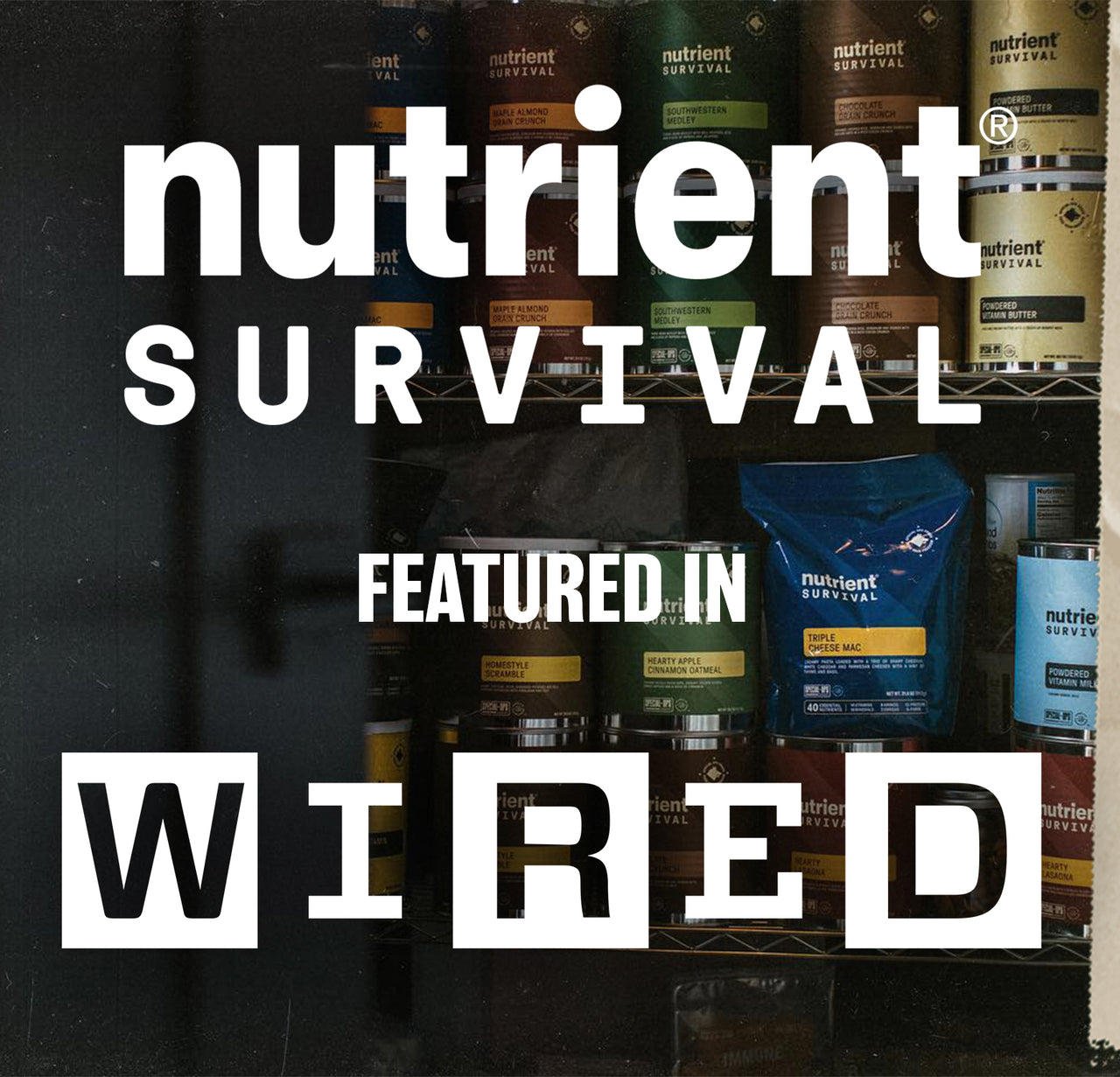WIRED - Special Ops Survival Oatmeal and the Survival Food Boom

Excerpt from WIRED - Jacopo Prisco (October 28, 2023)
The ranks of doomsday preppers have swelled since the pandemic, with many stocking up on freeze-dried rations in case things go bad.
Survival food is not new. The oldest manufacturers, such as Oregon-based Mountain House, have been around since the 1960s. It has its roots in military rations: “Survival food and military rations exhibit similarities in extended shelf life, nutritional content, and portability, but they differ in purpose, taste, packaging, preservation techniques, government regulation, and accessibility,” says Carla Schwan, an assistant professor and extension food safety specialist at the University of Georgia. Military rations are subject to strict government standards, Schwan says. Survival food isn’t, meaning it comes in far greater variety.
The spike in demand during Covid has created space for entire new businesses, like Nevada-based Nutrient Survival, which launched in July 2020 and advertises its products as beings “special ops grade.”
“I was an officer in the US Army,” says Nutrient Survival CEO Eric Christianson, “We have designed our food to exceed the nutritional standards that the US military has specified for Green Berets, Navy SEALs, Marine Raiders—and if it’s good enough for them, it’s good enough for people like you and me.” Nutrient Survival’s best seller is a 14-day emergency food kit that provides roughly 1,400 calories per day. It retails for $315 and includes mac and cheese, apple cinnamon oatmeal, and chocolate crunch. It is more expensive than Readywise, but not at the top end of the scale: A similar kit from Mountain House, which provides about 1,700 calories per day, costs $438.
“Our largest purchase ever from an individual consumer was $55,000,” says Christianson. “That’s a Mercedes-Benz. But preppers don’t just buy one set of food—they’re coming back every single month. It blew me away when I got into this business that our repeat rate is 40 percent. The reason is simple. They don’t have all the money that they need to buy all the food that they want. So they put a little away, just like you put away a little bit of savings. This is truly an investment for them.” He adds that the delivery addresses don’t have a specific regional pattern and are mostly “modest, middle American homes.”
Check out our latest articles
Zero risk. Only gains.
100% Risk Free
Your complete satisfaction guaranteed or your money back.
Made by Real People
Made and packaged in our facility right here in the USA. Any issues, just give us a call.
Free Shipping
Free shipping on orders $69.99+. Always out the door in a day or two straight to your home.
For more information, please visit our Terms of Service. Learn More
Zero risk. Only gains.
100% Risk Free
Your complete satisfaction guaranteed or your money back.
Made by Real People
Made and packaged in our facility right here in the USA. Any issues, just give us a call.
Free Shipping
Free shipping on orders $69.99+. Always out the door in a day or two straight to your home.
For more information, please visit our Terms of Service. Learn More










